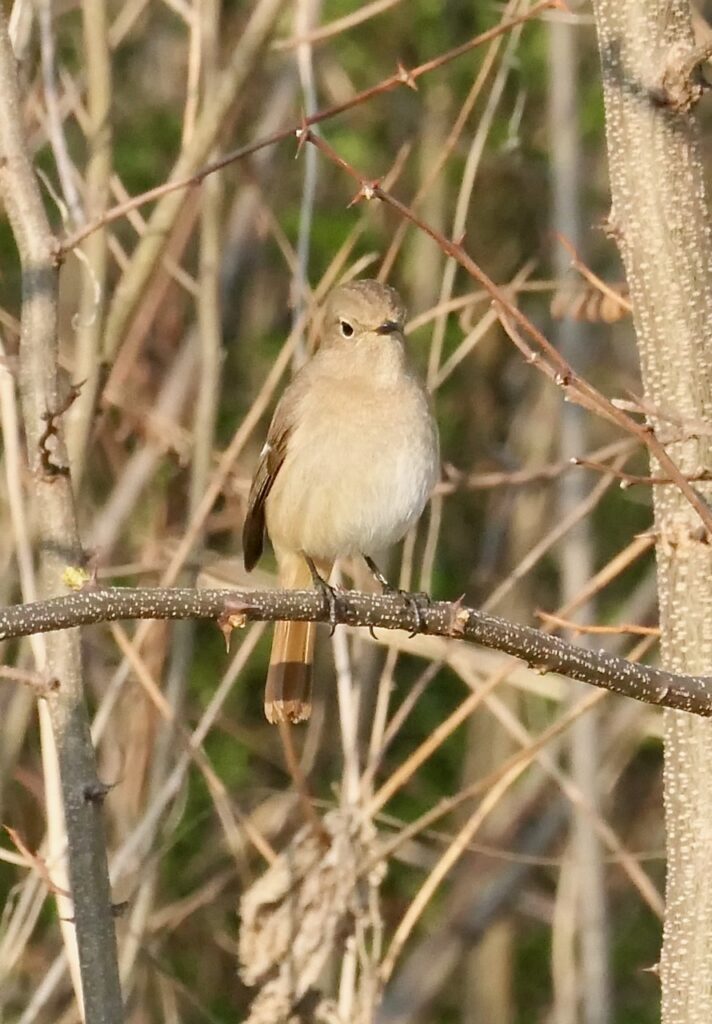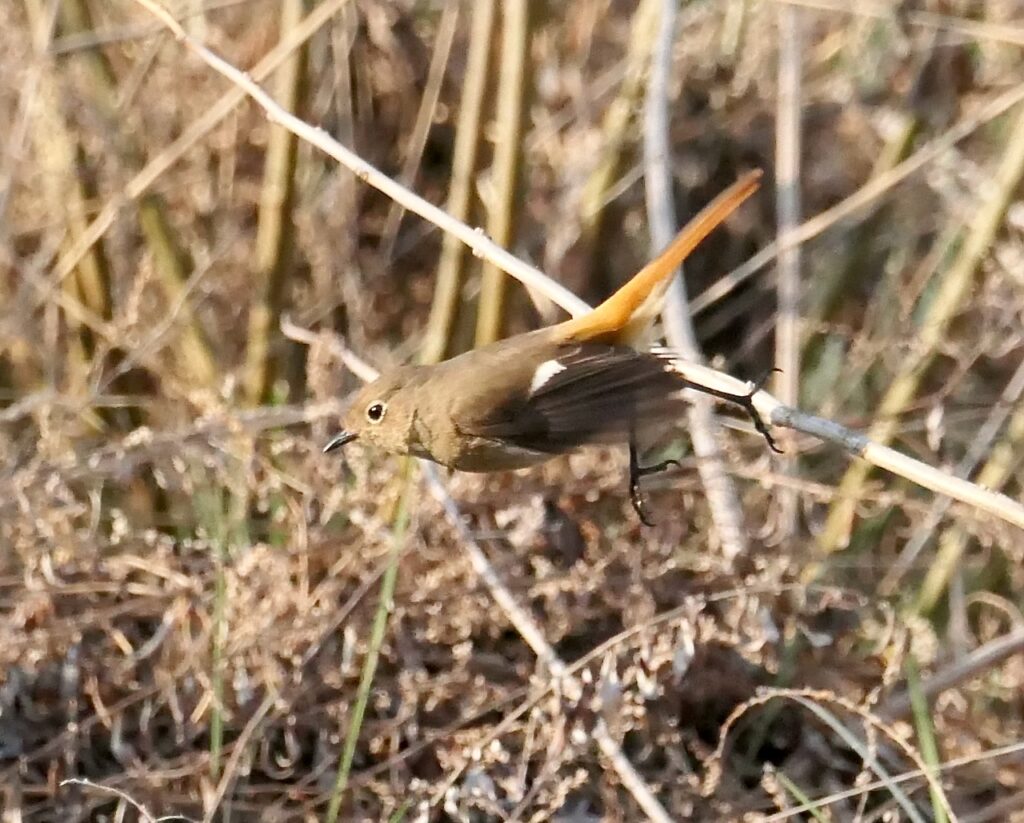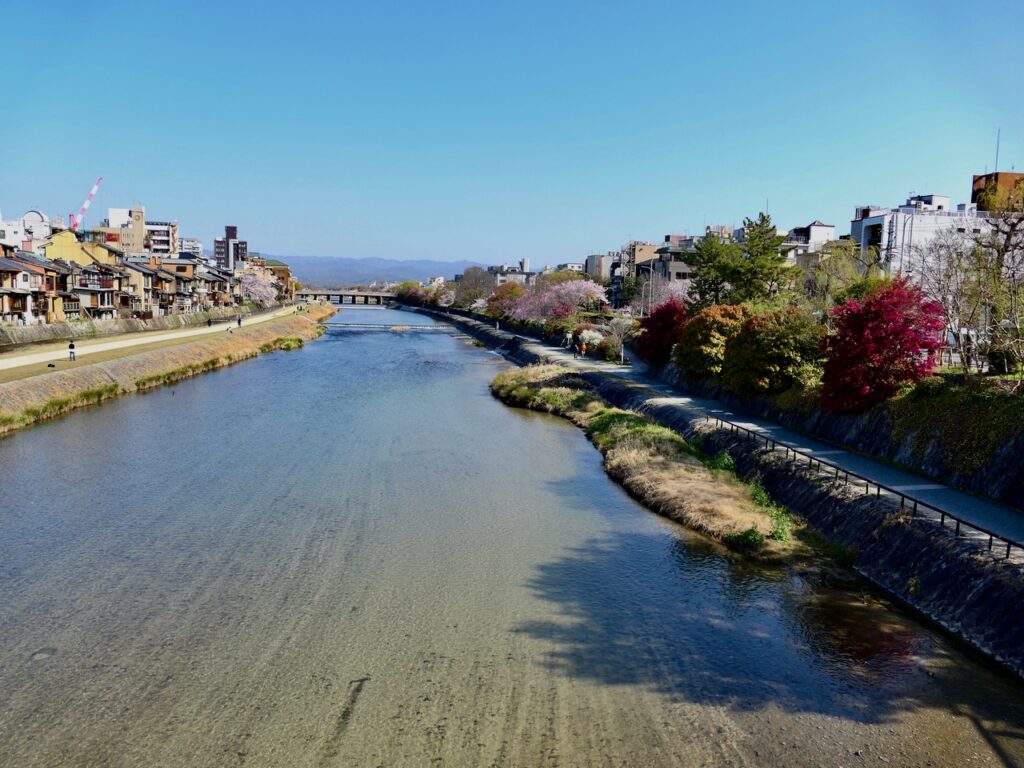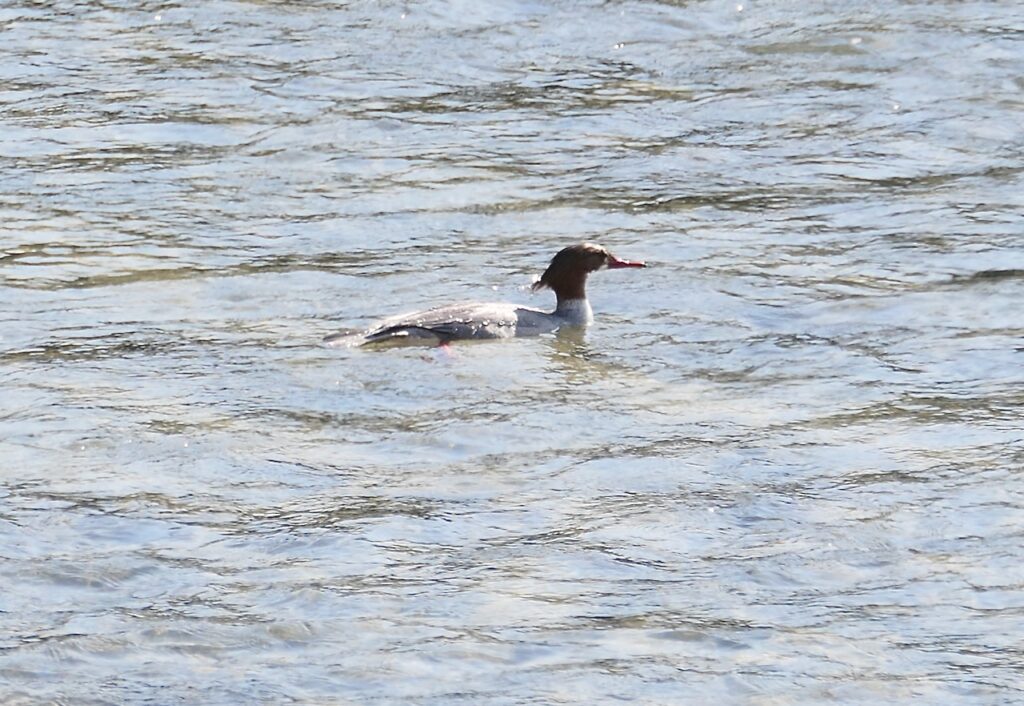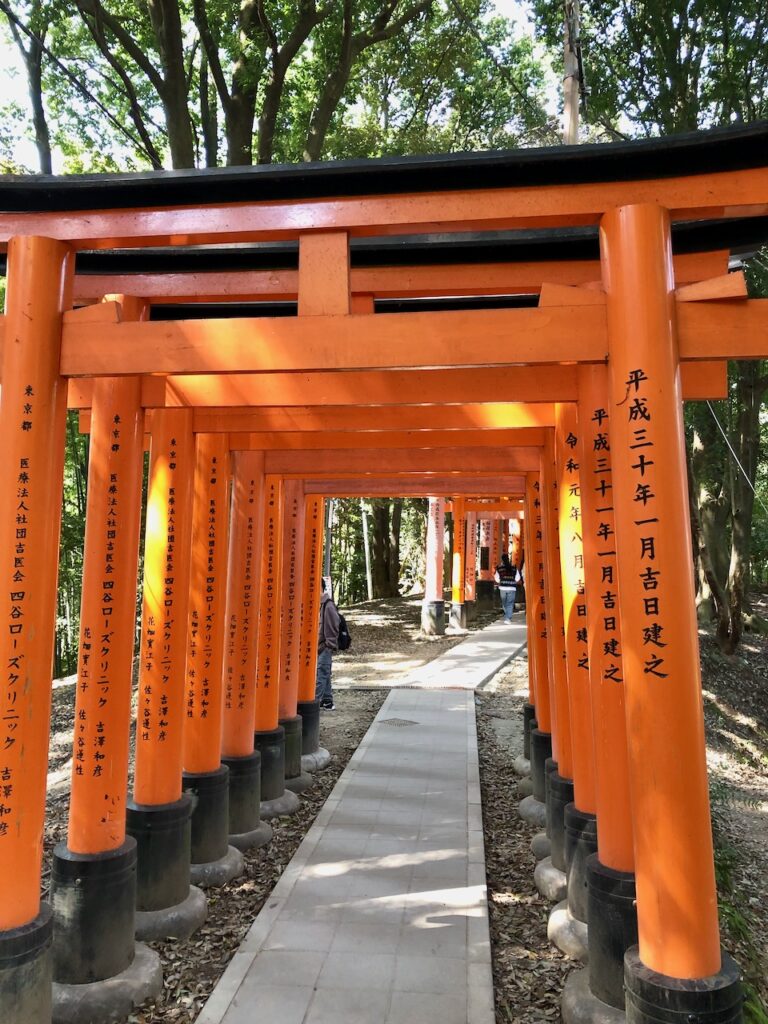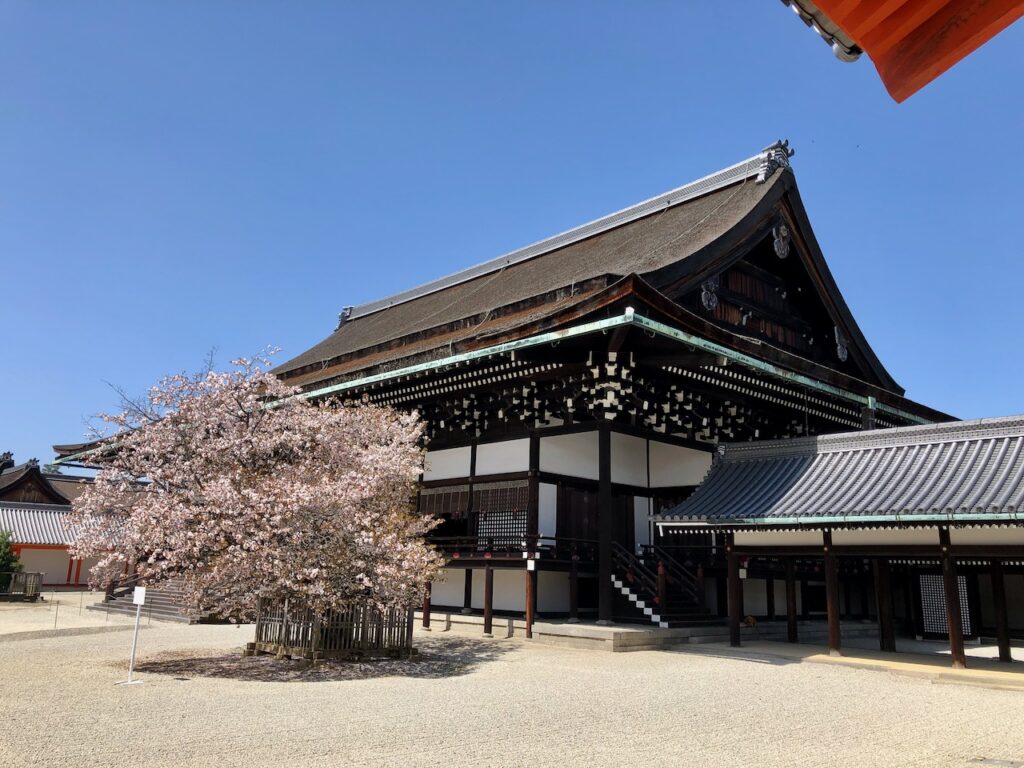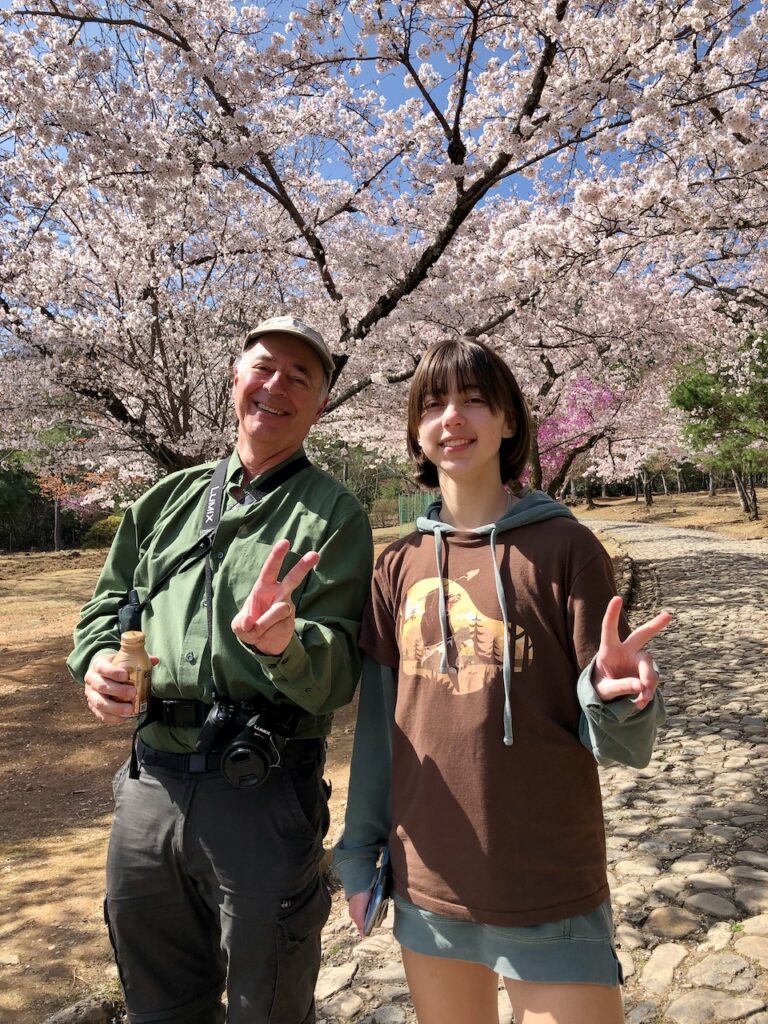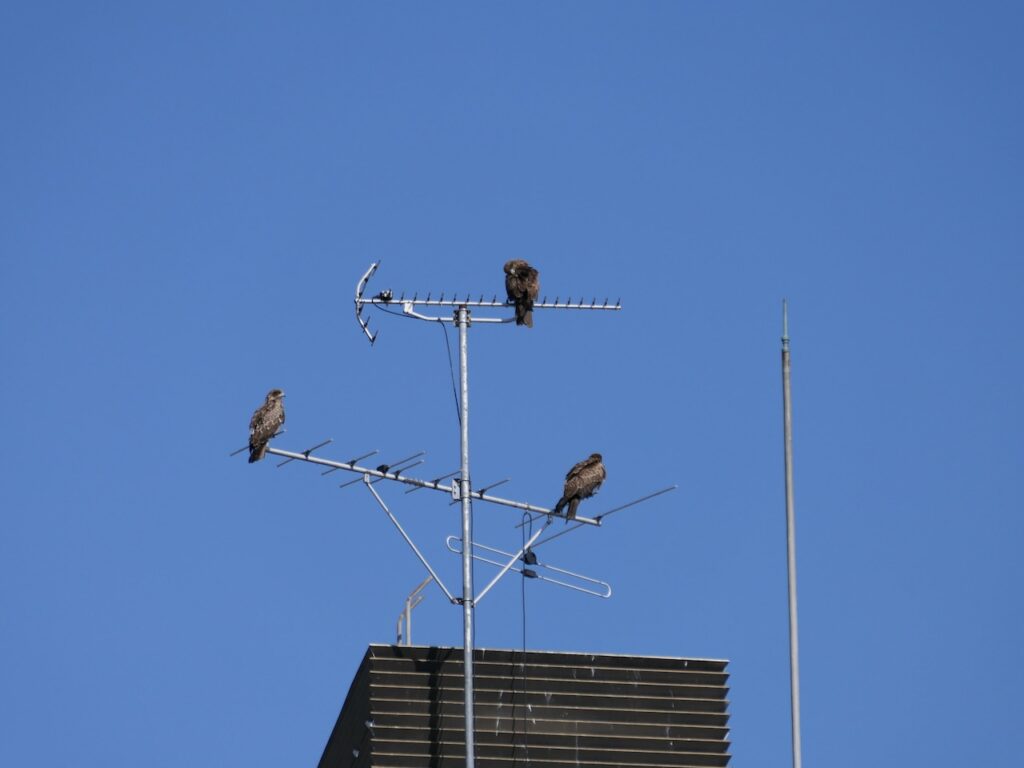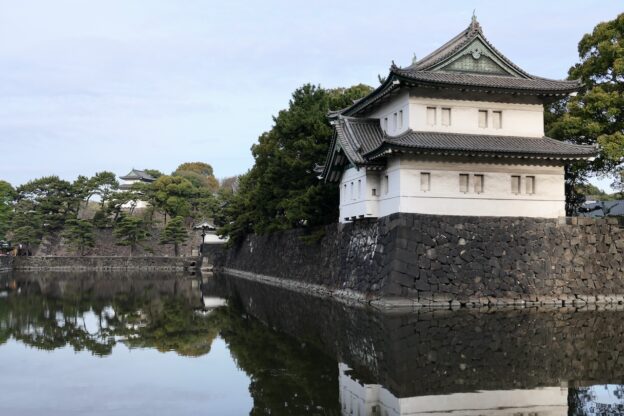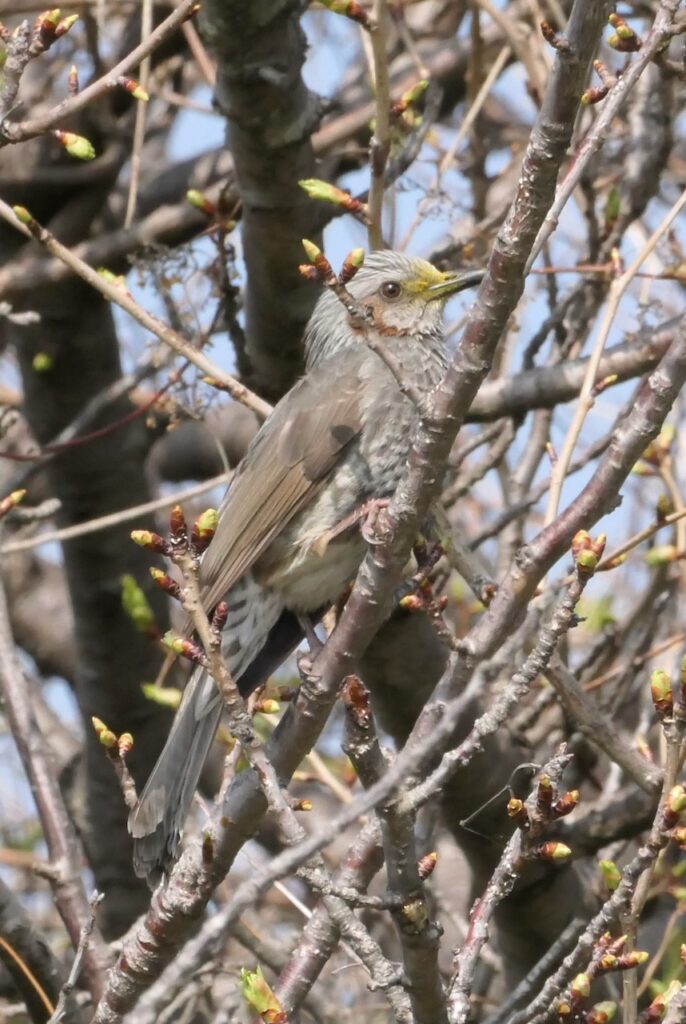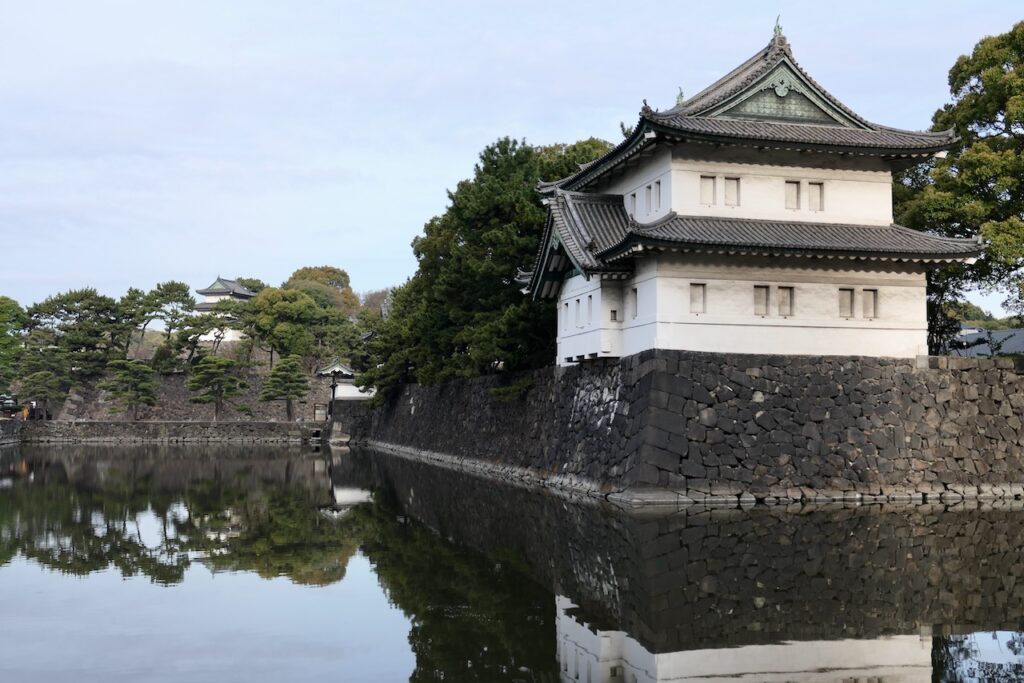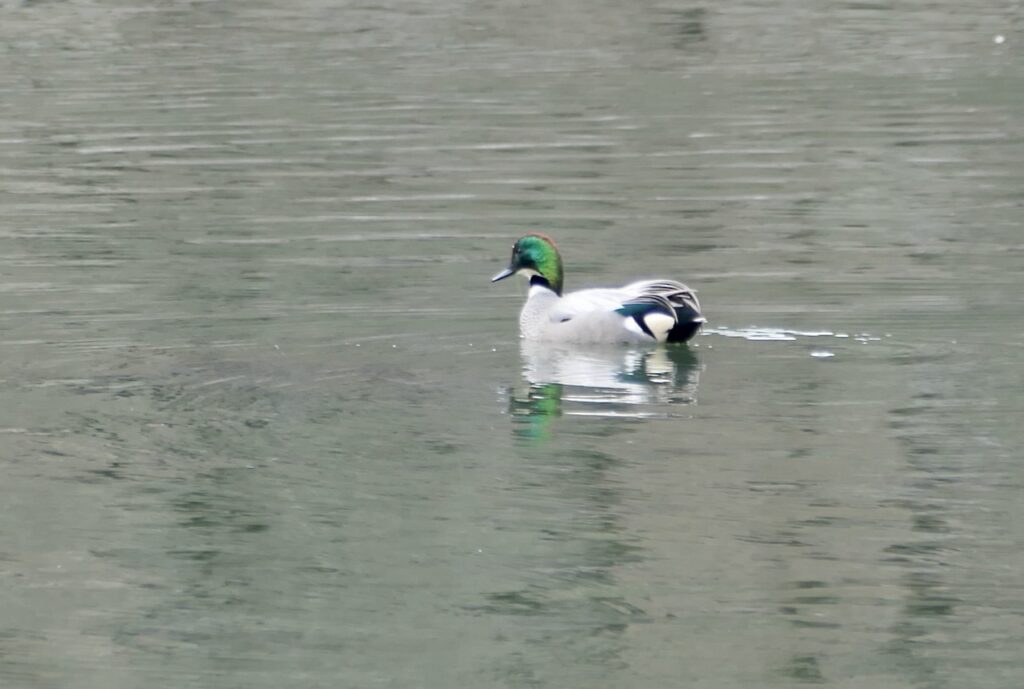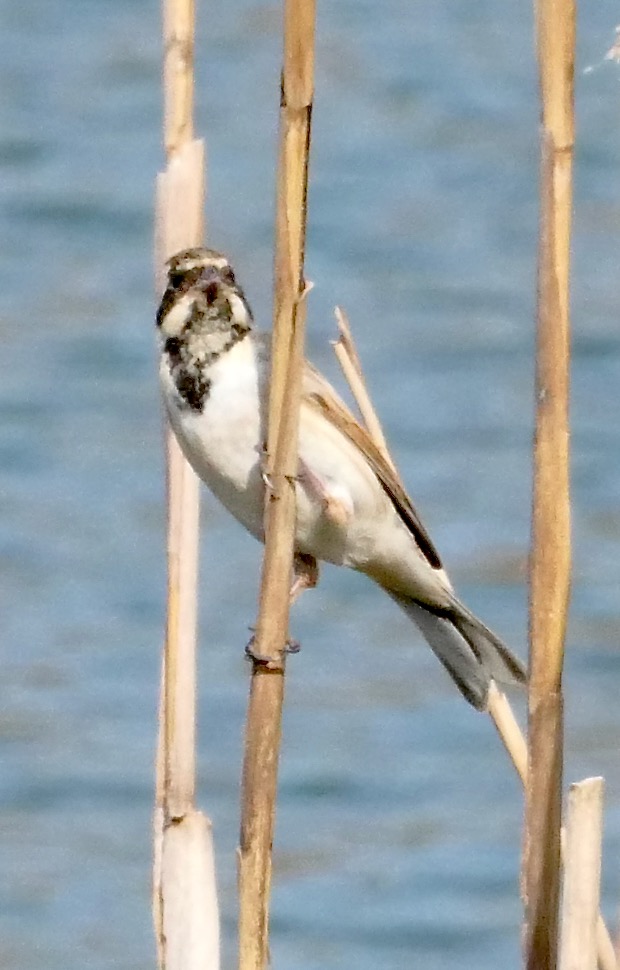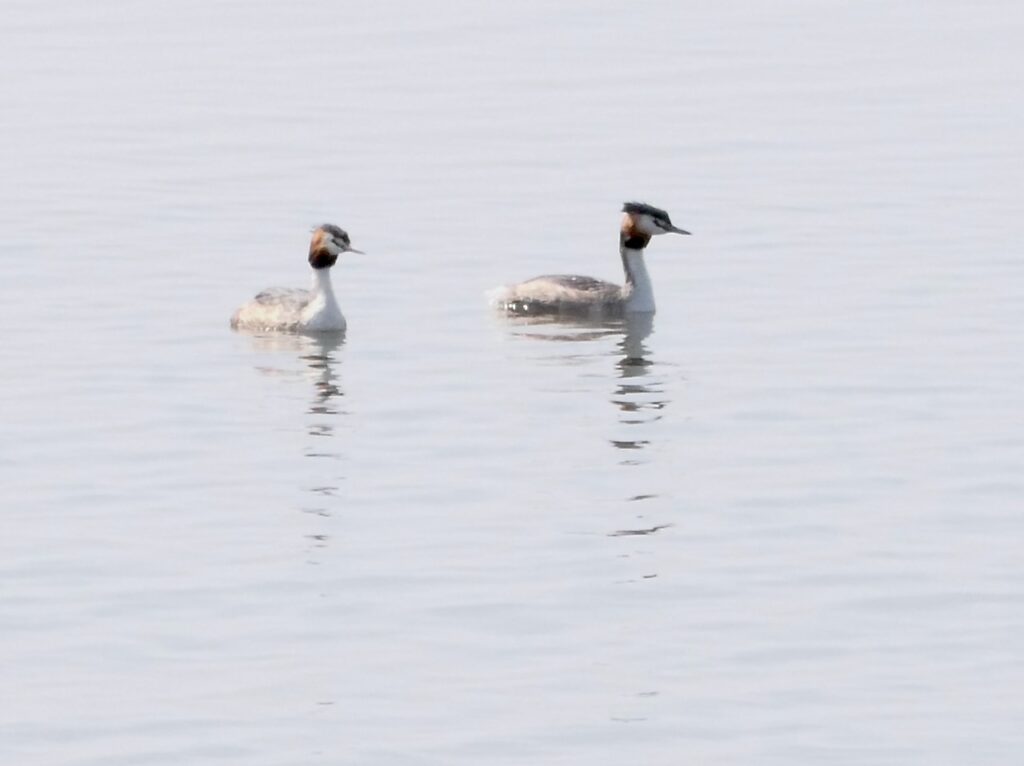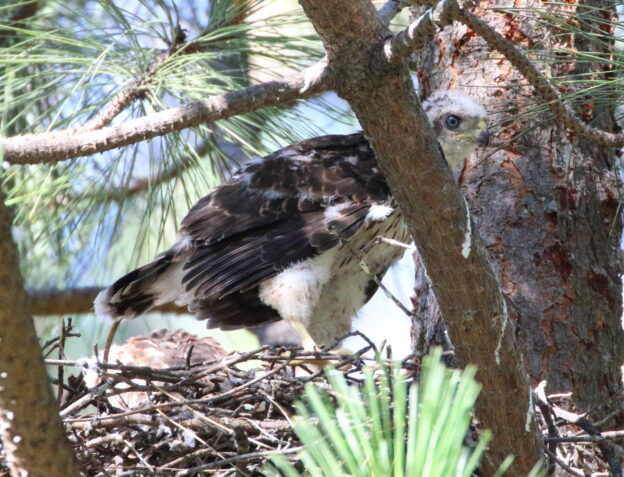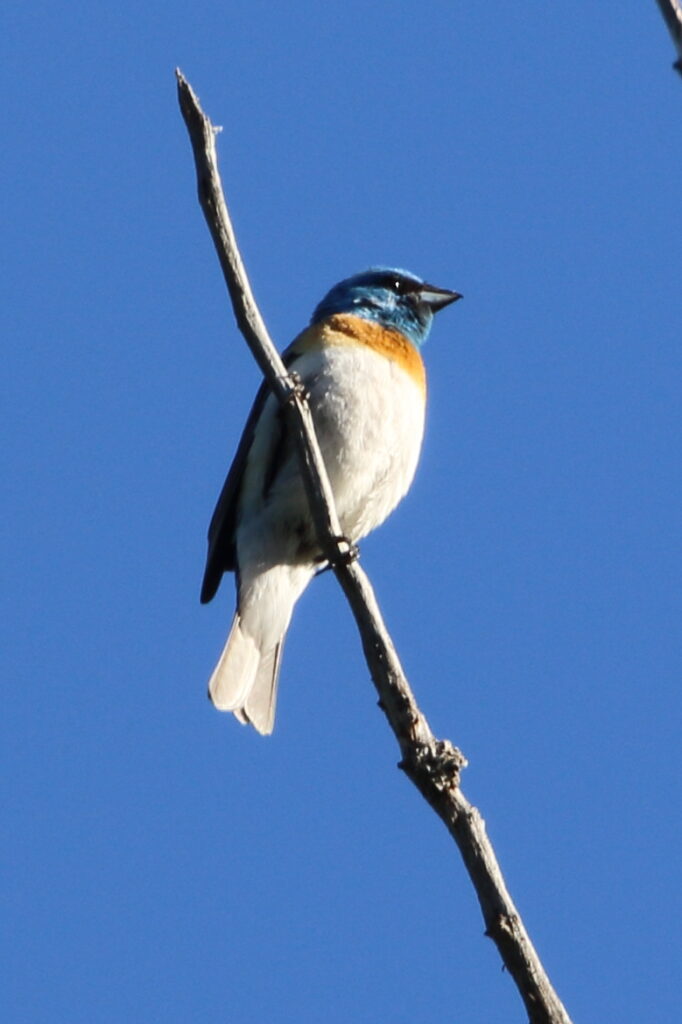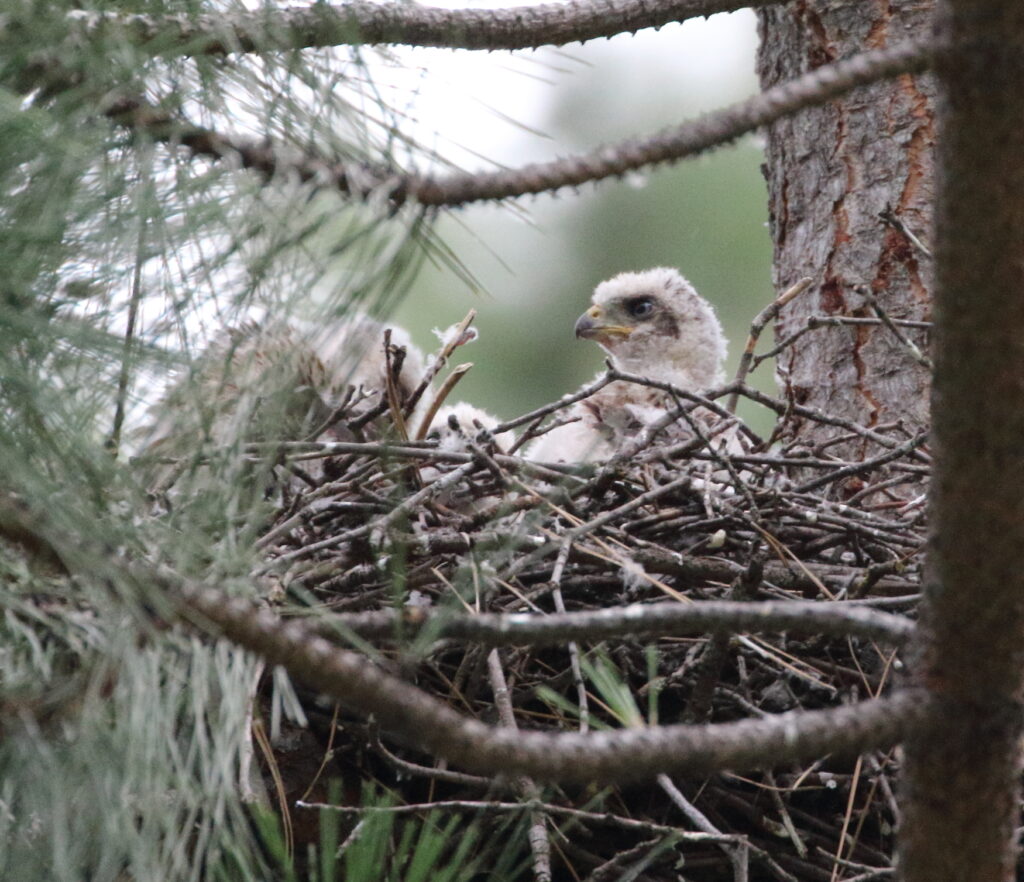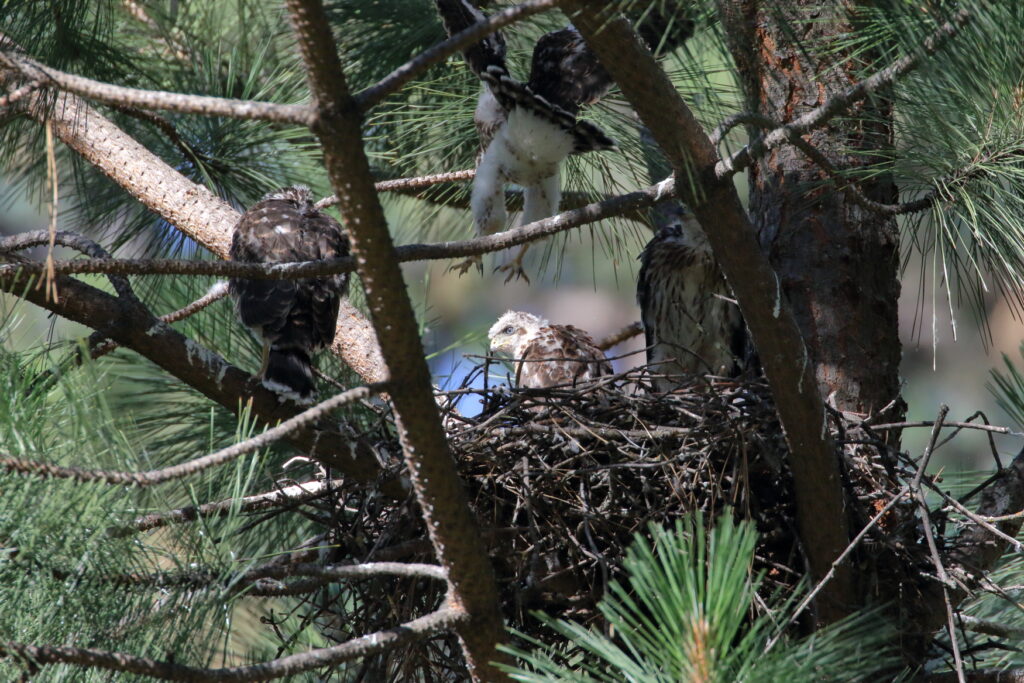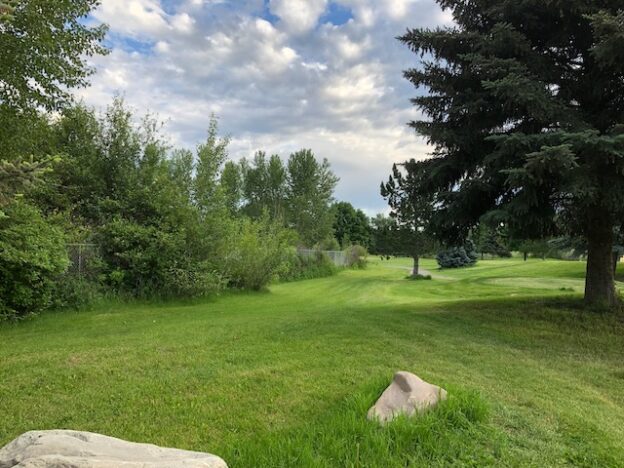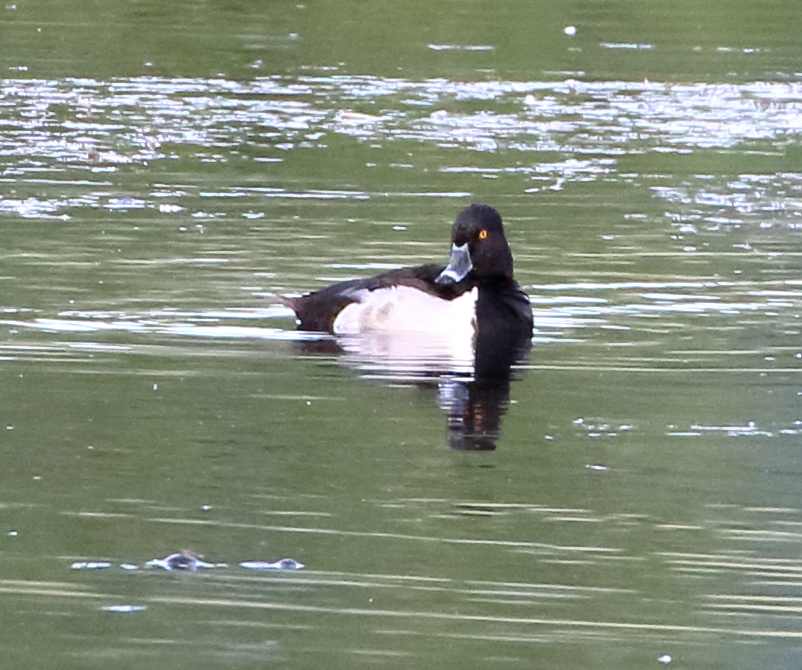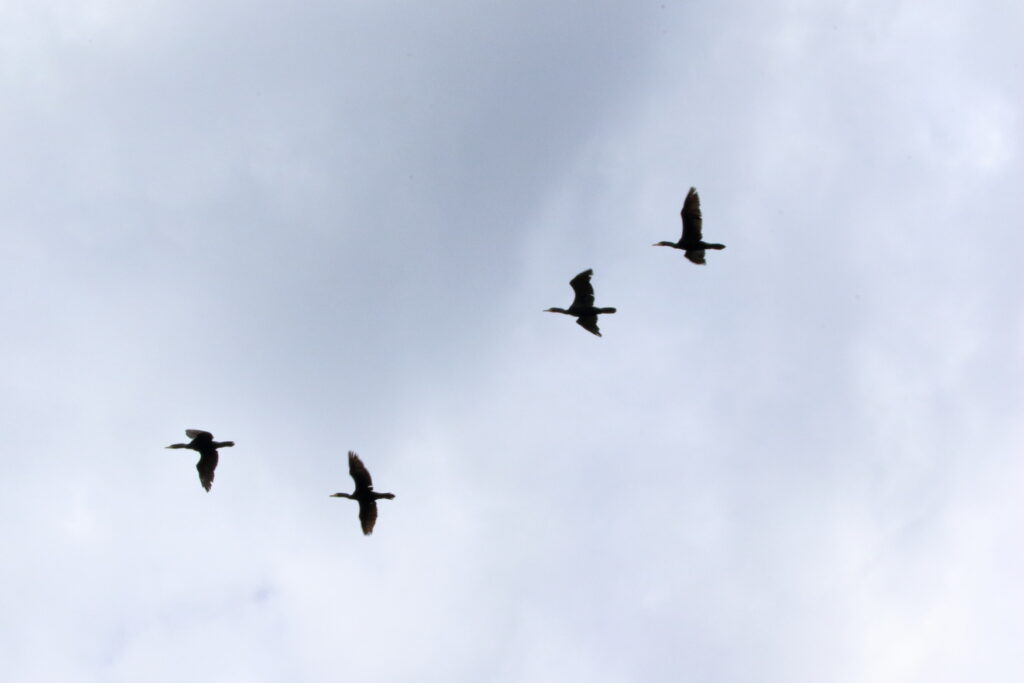
Since we published them, our birding posts about Japan have been read in more than a dozen countries. If you are planning your own trip to Japan, you’re in luck! Sneed’s new book, FIRST-TIME JAPAN: A STEP-BY-STEP GUIDE FOR THE INDEPENDENT TRAVELER, tells you everything you need to know about how to plan your trip to this remarkable, yet sometimes intimidating, country. Order now by clicking here.
Welcome to Sneed’s fifth—and penultimate—post on his and Tessa’s recent trip to Japan. Once again, some of the least expected places lead to some marvelous birding surprises—this time in the site of the 1998 Olympics, Nagano. Please feel free to share this post and catch up on the other Japan installments.
After a wonderful two-night visit to Kanazawa, Tessa and I definitely felt like we’d passed the halfway mark of our trip as we boarded the shinkansen back toward Tokyo. First, however, I’d scheduled a brief stop in the home of the 1998 Winter Olympics—Nagano. To be honest, I didn’t know if we’d have much to do there. Japan’s famous “hot springs monkeys” lived outside of town, but a little research had shown it probably wouldn’t be worth the hassle to try to find them. Nagano also was home to the very famous Zenko-ji Temple, but it turns out that the train ride alone was worth making the entire loop back to Tokyo. Leaving Kanazawa, the bullet train quickly began hugging a section of the wildest ocean I’d yet seen in Japan. Meanwhile, on the other side of the train, enormous snow-covered peaks rose suddenly and majestically. Passing through the town of Itoigawa, population 40,000, I even imagined living there—that is, until I learned it receives more than 100 inches of rain per year!
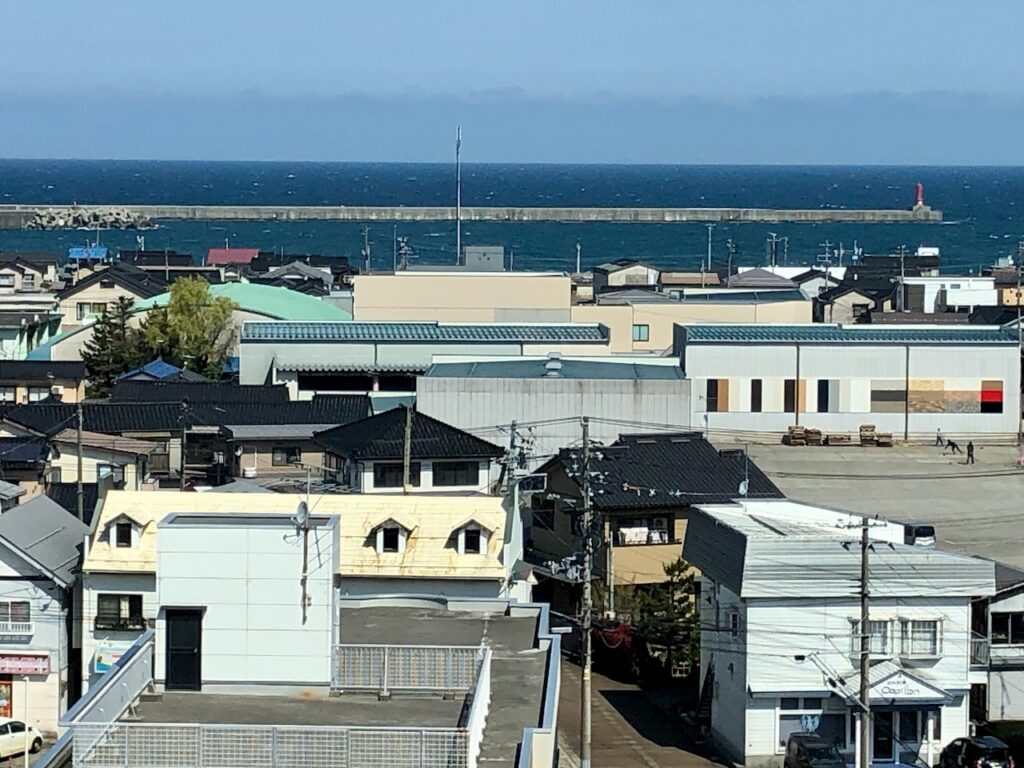
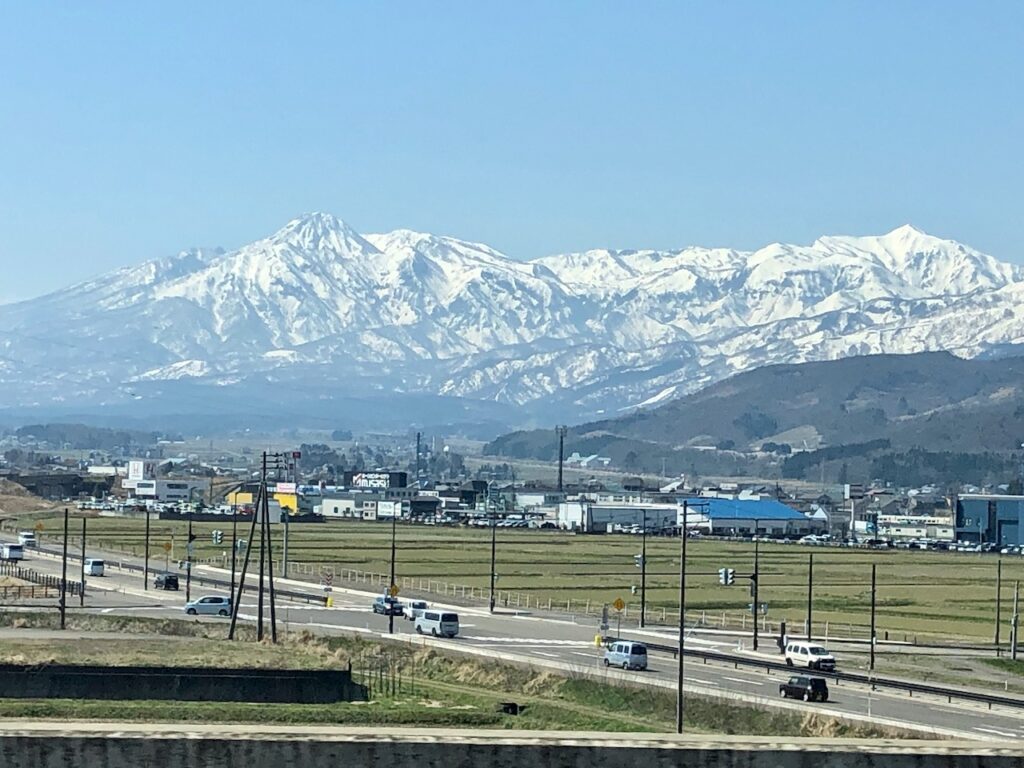
We arrived in Nagano about 11:00 and left our bags at our economy hotel, a perfectly clean, comfortable place that cost less than $90 a night. Then we took a leisurely stroll about a mile up to Zenko-ji Temple, which truly was impressive and a bit mysterious. The map showed the temple surrounded by parks and I thought I might find some cool birds there, but I didn’t espy anything particularly interesting. I soothed my disappointment by trying this kind of apple custard tart thing just outside of the temple and thought, “Ah, well, can’t find birds everwhere.”
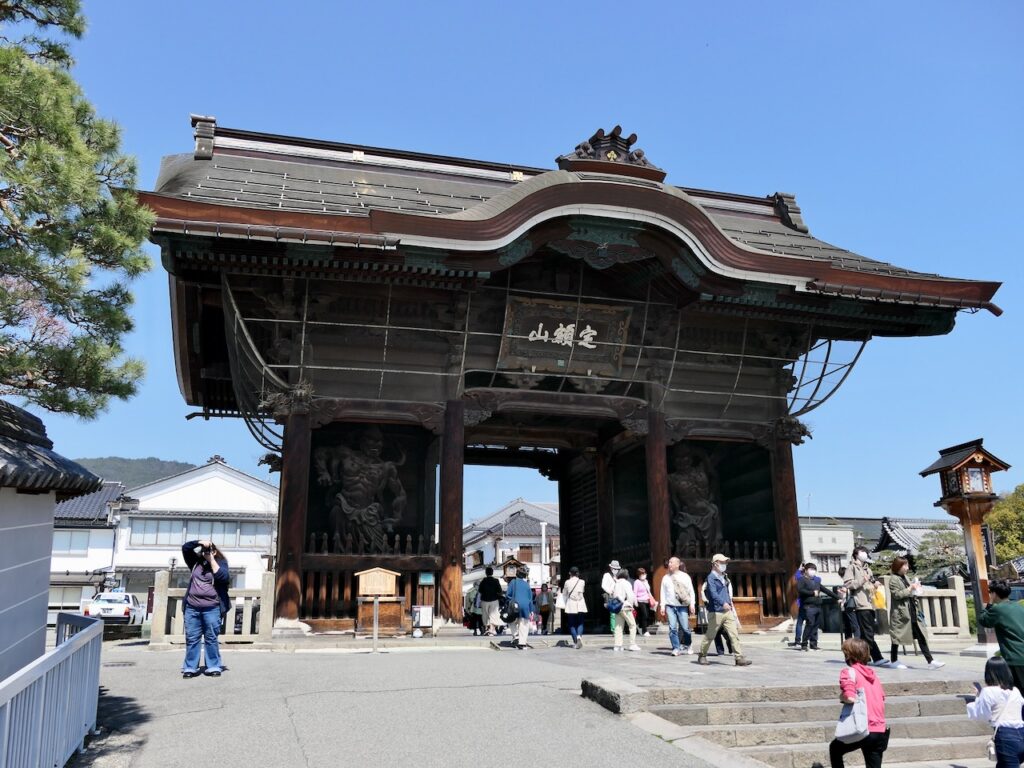

The next morning, however, I woke at 6:00 a.m. wide awake. Tessa was still snoozing so I’m sure you can guess what I did. On a map, I had noticed a small tributary of the Sai River about half a mile from the hotel. Plenty of time to sneak in a bit ‘o birding before breakfast. Nagano was so built up I had few expectations—and actually wasn’t even sure I could access the river itself. Even before I neared it, though, I was surprised by a large flock of Asian House-Martins flying over a large street. It didn’t take long to discover they were nesting under a pedestrian bridge and I paused for ten minutes to study and enjoy them.
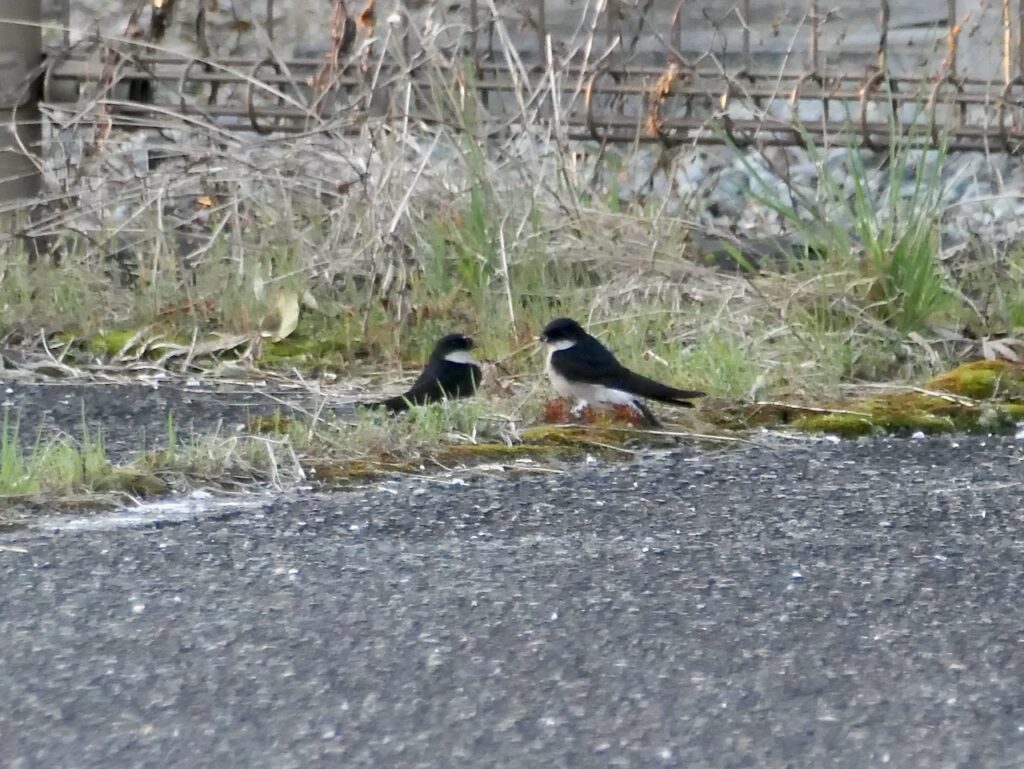
Several blocks later, I was delighted to reach the river and discover that nice footpaths ran along both sides of it. I saw only the usual suspects until I crossed a bridge to the other side. Suddenly, I glimpsed an unusual brown shape taking flight and landing on another nearby branch. “Oh my god!” I muttered out loud, rapidly quickening my pace while simultaneously turning on my camera. I took a quick photo and then confirmed it through my binoculars. It was a species I had badly wanted to see—but figured I’d exhausted my last opportunity: Bull-headed Shrike!
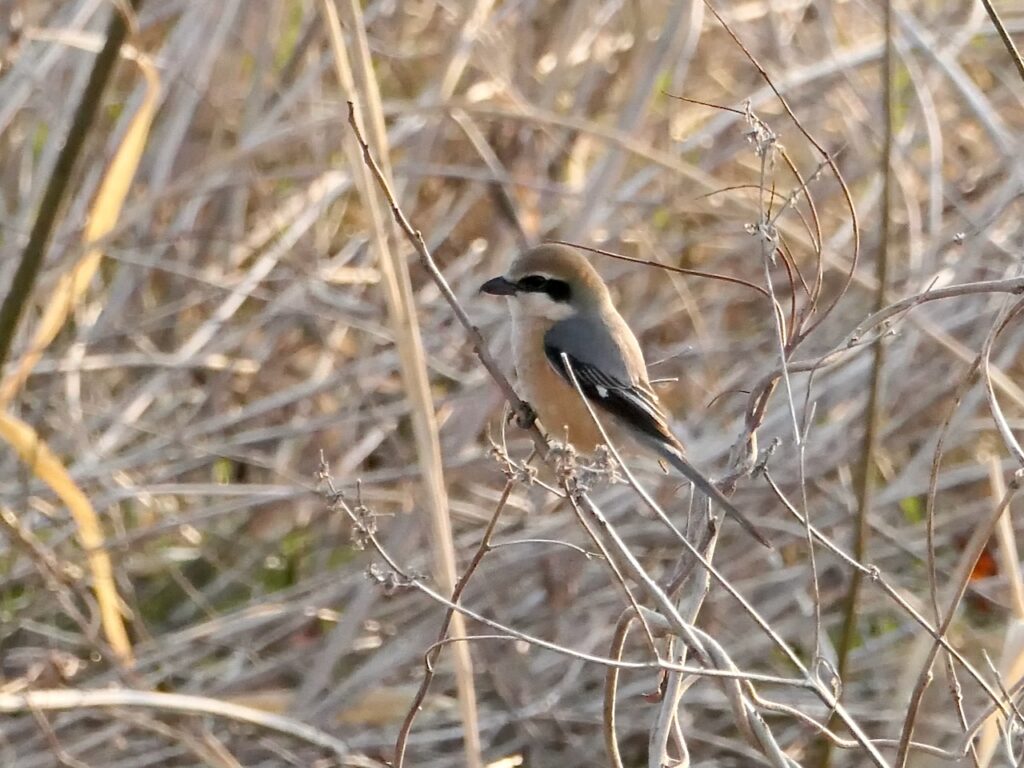
The shrike behaved like our shrikes back home, but with even less fear. I followed it as it worked its way upstream and am glad I did. I immediately spotted another Meadow Bunting in a bush up ahead, and several Eurasian Greenfinches feeding in someone’s front yard. Then, as the shrike approached one riverside clump of bushes, two Daurian Redstarts popped up to challenge it!

I was grinning broadly by this time, not believing my luck, but the session was far from over. As I made my way back downstream and across the river, I also saw White-cheeked Starlings, a Great Cormorant, Oriental Turtle-dove, a Dusky Thrush, and more.
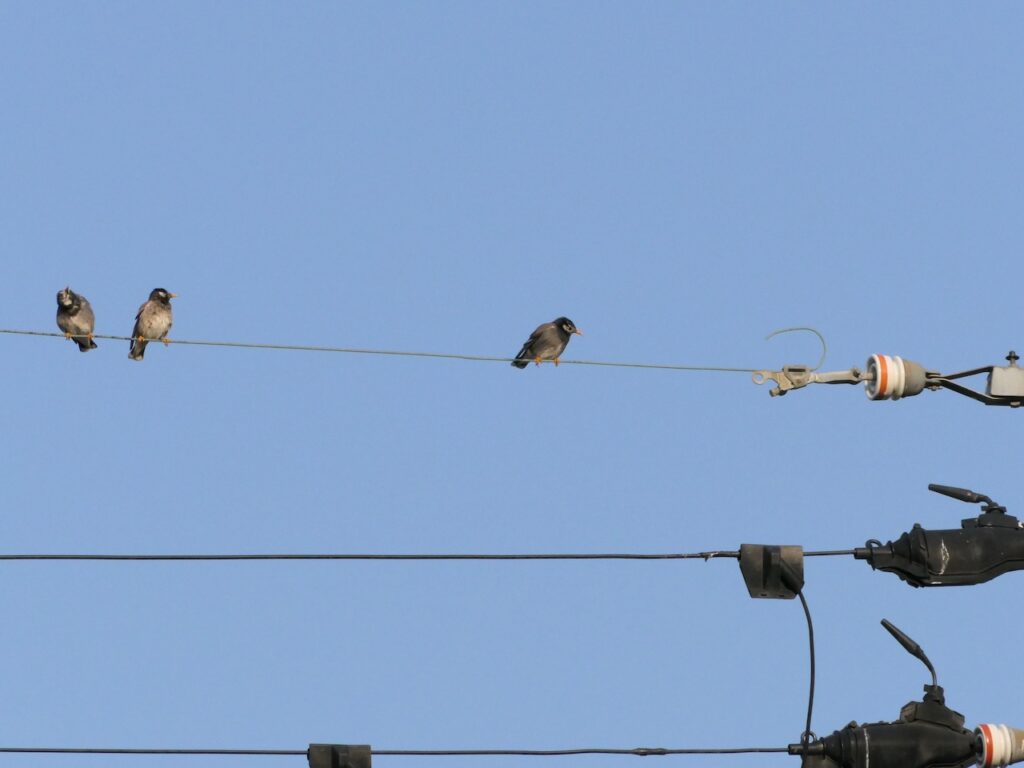
As I approached my exit point, I noticed movement in a thick patch of bushes. I quickly identified several Masked Buntings, but that wasn’t all. I’m pretty sure I saw a Japanese Bush Warbler. Then, to cap it off, a female Daurian Redstart gave me a terrific photo session (even if I didn’t have a terrific photo device), posing for many moments on various branches as the morning sun beautifully illuminated it. The whole experience once again proved that when in doubt, you should always take a look and that, really, you just never know.
